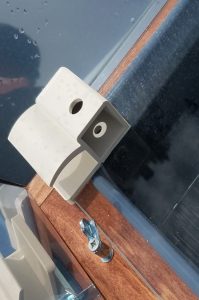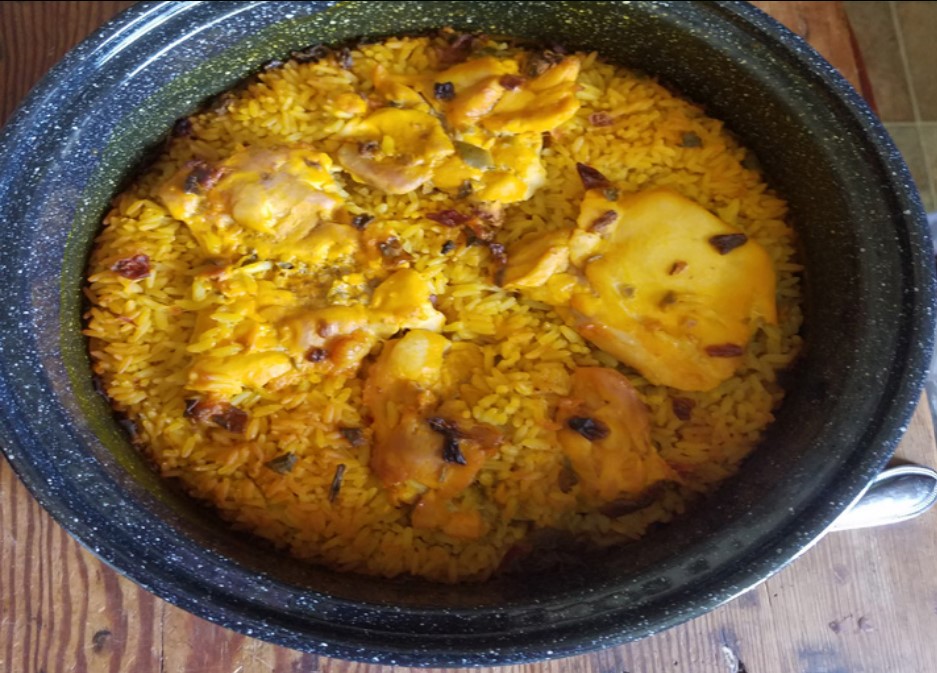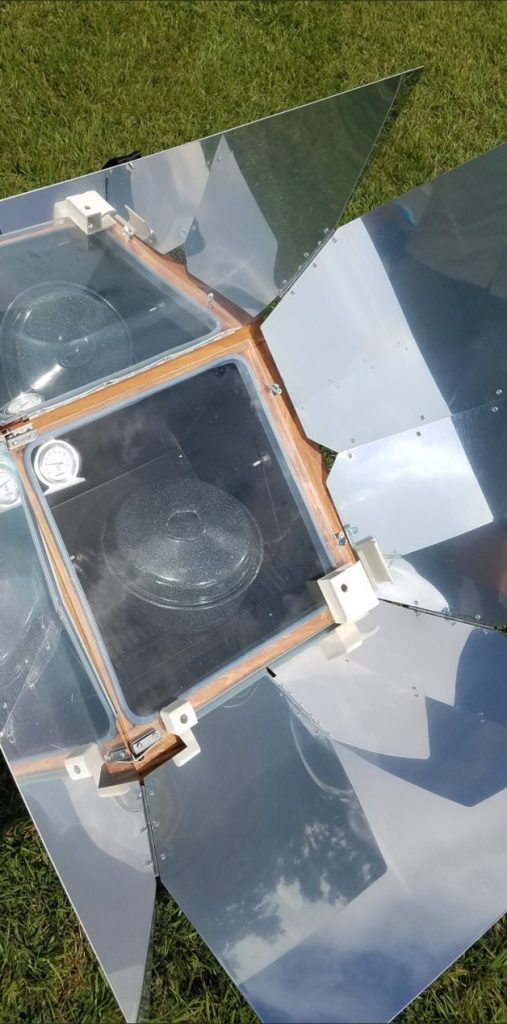An absolutely vital part of preparedness is food. We look to store sufficient amounts of food to see us through uncertain times. Having food stored is vital whether it’s natural disasters, man-made events like war or civil strife, or even the loss of a job. Having food stored is an insurance policy against all these events.
Before food can be stored, we have to deal with preparing it. In the U.S., you either cook on an electric or gas range. Your gas may come from buried lines or a tank located on the property. In most cases, gas will still work in the event of a power outage that will render electric ranges useless.
But as past hurricanes have shown us, even the gas can be cut off. This quickly reduces people to cooking on camp stoves or, as is more often the case, cooking on a grill outside. Grills are great for grilling, but not so much for things like boiling water or making pasta. Camp stoves are a good alternative, but they are limited by the amount of fuel on hand. It only makes sense to have another level of your food preparation system.
Earlier this year, I bought a solar oven at an expo. I’ve known about them for years and figured it would be a great addition to my preps. I brought the oven home and stored it away, forgetting about it, but recently I decided to test it out.
Using the Oven
The solar oven comes with everything you need to cook (or at least mine did): two enameled pots with lids, two loaf pans, a leveling rack to put inside the oven to keep your pot level, two racks for drying fruits, vegetables, and meat, a roll of wax paper, and a built-in thermometer.

Set up is very simple. Unfold the reflectors and remove the protective film, deploy the rear leg to the appropriate angle, hang the leveling rack, and you’re done.
There are two devices on the bottom edge of the oven that aid you in getting the proper angle. A simple piece of plastic with two holes drilled through it is one. Simply turn your oven until the light of the sun shines through the bottom hole and you’re at the correct angle to receive the maximum rays. The rear leg is also adjustable to aid in achieving this angle.
The entire oven is very well thought out. The oven has a glass door with a gasket which makes for an airtight seal. This maximizes the heat as there is no transfer. By the time I had the oven set up it was already 150 degrees F inside.
I wanted to try cooking something out of my stored food. I settled on chicken and rice as there is a lot of it stored. When cooking with the solar oven, use about a third less water than is called for because there isn’t as much evaporation as a stove top. But don’t worry if you see some evaporation build up on the inside of the glass door.

I put two cups of rice and just over two cups of water into the pot along with a pack of boneless skinless thighs, put the lid on, and stuck it in the oven. That’s it.
Think of the solar oven as an analog crockpot. Just set and forget it. You can go out and turn the oven with the aiming devices every thirty minutes to shorten cooking time. I moved it twice during the five hours the food cooked. I put my pot on at 11:00 AM and took it off at 4:00 PM. I’m in Florida and the temp was in the mid-eighties with scattered clouds. The cloud cover worried me, and I was afraid the oven wouldn’t work. But after five hours in the solar oven my chicken and rice were perfect. The rice was done to perfection, the chicken fork tender and juicy.
Pros and Cons
One of the best things about cooking with the solar oven is that you can’t burn food. Plus nothing was stuck to the inside of the pot. I checked the thermometer a couple of times while it sat out in the sun. The internal temperature peaked at about 290 degrees. The lowest temp I saw was 225 degrees. Not bad at all for using nothing more than the sun to heat the oven.

There are a couple other added benefits to using a solar oven. First, it cooks while you attend to other tasks. In a crisis, there is plenty to be done and to not have to spend time actively cooking frees you up for other work. Not to mention you don’t have to stand over a hot stove. In the winter this isn’t so bad but in summer the added heat can be unbearable.
Second, there is no fuel to collect, store, or worry about. All you need is open access to the sky.
A disadvantage is that it won’t work on a very overcast or stormy day. However, it will work in the winter. Since it uses solar, this means no collecting firewood or having to store volatile fuels.
Lastly, it is low signature. There is no smoke to draw attention. No odor from cooking to announce to the neighborhood that someone has food. The gasketed lid keeps all that inside the oven. You could use the oven in a dense neighborhood with zero lot line construction and no one would know you were preparing food, unless they can see into your backyard.
Final Thoughts
While the solar oven shouldn’t be the only backup cooking method, it surely makes a great addition to your food preparation system. Another layer that requires no input from you other than a few minutes of time to deploy.
The solar oven is a multi-use item because it can cook your food and also sterilize water. My first experiment with the solar oven turned out so well I plan to use it more often. My solar oven performed so well it’s now become part of our everyday use and not just for hard times.
This article was originally published in Survival Dispatch Insider Volume 1 Issue 3.
